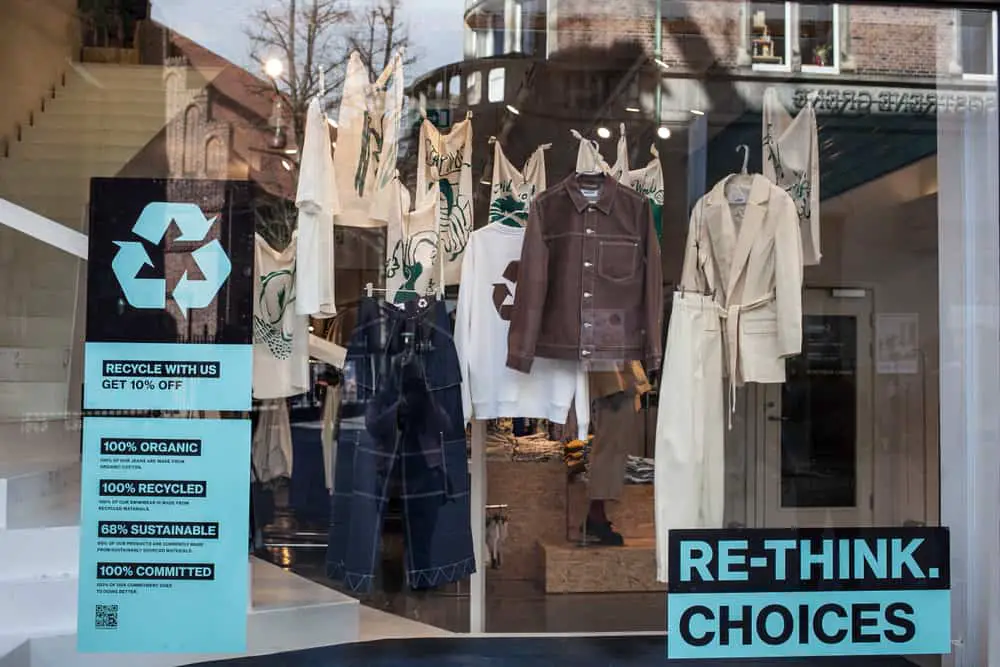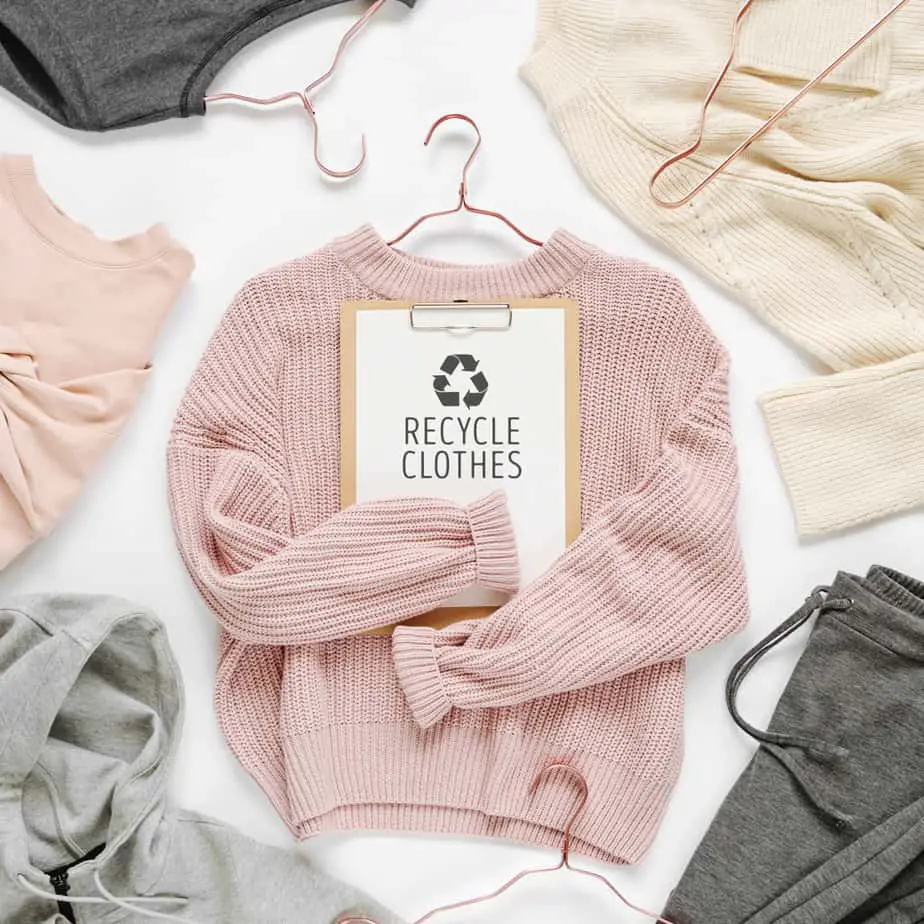Living a cruelty-free lifestyle means much more than merely avoiding cosmetic or household products tested on animals.
These ethical values should also extend into other essential aspects of life, like our fashion choices and clothing purchases. Once you know what to look for, finding cruelty-free clothes will become second-nature.
Check for labels like ‘beauty without bunnies’ or ‘vegan.’ These indicate that the clothes are produced without harming animals and using animal products. The materials used are also clues. If the product isn’t marked, research the brand or reach out directly by email or social media.
Unfortunately, even if you follow these steps, be careful because many brands use misleading information on their labels to lead you astray.
Just because you see the ‘cruelty-free’ sign – it is often not be enough to ensure that a product reflects your values. Keep reading up on the clothing brands you like buy from to understand their ethics and morals better.
How to Tell if Clothes are Cruelty-Free
As we’ve just discussed, not all labels are created equal. A simple ‘cruelty-free’ label might only refer to the final product and not the entire production process. Companies may commission animal testing for individual ingredients or materials, even though they do not test the final products on animals.
Unlike the European Union, Canada and the United States do not have official regulations on using the ‘cruelty-free’ term and seeing the label may not be enough. When it comes to clothing, it is less about chemicals testing on animals and more about looking for materials that align with your values.
A ‘vegan’ label or the ‘Vegan Society Trademark’ is an excellent place to start. In particular, this organization guarantees that the brands they have evaluated do not use any materials using animal products or by-products and the clothing is also free of animal testing at every stage of production. Avoid obvious offenders like leather, wool, fur, and even silk- yes, silk!
To learn more about trustworthy trademarks, check out this article: Which Cruelty-Free Logos Can You Trust in 2021?
Exploitation is Cruelty
Now you may be wondering why the use of wool and fur is not considered cruelty-free after all; their production does not require the killing of animals, right?
For many of us, leather production is the most flagrant, as it requires the actual killing of animals in order to remove their skin. However, be discerning when it comes to wool, cashmere, and mohair too.
Although the animals may not be killed, they suffer a great deal of pain and discomfort when their hair is removed. Not to mention the terrible environment that most of these animals live in as well.
In general, unnatural breeding of animals to produce higher volumes is common, meaning the exploitation of these animals begins before they are even alive. In the most horrifying cases, these animals are even skinned or plucked alive, an extraordinarily inhumane and cruel practice.
Cruelty-Free Requires a Humanitarian Perspective
Cruelty-free shopping is about boycotting brands that exploit animals and the ones that treat their workers unfairly or inhumanely. It is essential to look at cruelty-free clothing shopping from humanitarian perspective as we make our fashion choices. A great way to start is by looking for labels like ‘Fair Trade’ or a ‘GOATS’ (Global Organic Textile Standard).
The World Fair Trade Organization considers a product to be ‘Fair Trade’ “..when an enterprise or organization ...demonstrate[s] they put people and planet first in everything they do.” (https://wfto.com/who-we-are#defining-fair-trade) This means that workers’ rights are protected and that they are fairly compensated for their work.
The environment is also a large part of fair trade and cruelty-free shopping as fashion is the third most polluting industry in the world. The Global Organic Textile Standard holds companies to high standards, requiring at least 70% of fibers used in textiles to be organic and made with minimal chemicals.
Materials like polyester, conventional cotton, acrylic, and nylon are non-sustainable or environmentally friendly. Not to mention that these materials are often made using toxic chemicals that harm workers and the communities in which they live.
If you’re looking for alternatives, go for biodegradable and eco-friendly materials such as:
All of these materials are produced sustainably and ethically, and without pesticides.
Cruelty-Free Clothing Brands
Using these tips and tricks to shop cruelty-free will help you live a more ethical and sustainable lifestyle. While focusing on materials and labels is one great way to ensure you do your part – familiarizing yourself with brands that stand by these values will make shopping even easier.
Here are a few standout companies that follow cruelty-free, eco-friendly, and ethical standards:
To stay up to date on ethical brands that promote cruelty-free production processes, make sure to check out The Global Organic Textile Standard or PETA’s list of companies that follow cruelty-free standards. These lists are updated regularly and keep consumers informed about their purchases.
Wrap-up
Shopping cruelty-free is critical if you want to do your duty as a conscious consumer and live a compassionate lifestyle. Not only does this mean that you should stop supporting brands that exploit animals for their clothing production; but you should also consider how these brands treat the environment and their workers.
You need to approach your fashion choices from a holistic humanitarian perspective if you genuinely want to make cruelty-free choices. Educating yourself on things to look for, like labels and materials, is a simple yet effective way to promote a healthier and safer world for everyone.


